Selected Collective Fashion Justice media coverage and editorials
-

"New York Fashion Week to ban fur on the runway"
This article discusses the Council of Fashion Designers of America's announcement that animal fur will be banned from the official New York Fashion Week schedule beginning September 2026. Our founder commended the CFDA for cementing its position as a leading, innovative fashion council and expressed hope that other fashion weeks will follow. The article contextualises this milestone within the broader industry shift away from fur.
-

"CFDA ends fur at New York Fashion Week"
Our director was quoted in this article announcing the Council of Fashion Designers of America's historic decision to ban animal fur from New York Fashion Week, effective September 2026. The piece follows years of collaboration between the CFDA, Collective Fashion Justice, and Humane World for Animals, and marks a significant milestone as NYFW joins London, Copenhagen, Berlin, and other major fashion weeks in moving beyond fur.
-

"Emma Håkansson promotes the idea of total ethics in the fashion industry"
Our founder Emma Håkansson was featured in Vogue Poland Leaders edition, discussing total ethics fashion and our work examining leather's harmful impact on the industry. The piece covers our SHIRINGA documentary and emphasises that meaningful change requires transforming not just materials, but the entire fashion system and its underlying values. Emma also joined the Vogue Poland podcast to continue the conversation.
-

"Methane emissions remain a blind spot for fashion industry, report finds"
Savvy shoppers looking for luxury often hunt for high-quality materials such as 100% wool or genuine leather. But the materials are responsible for an outsize share of the fashion industry’s methane footprint, a new report from Collective Fashion Justice says.
-

"The Amazon's shiringa bio-leather celebrated at Copenhagen Fashion Week"
Through designer reflections, industry insights, and the voices of the Awajún community, the piece explores shiringa not only as a material innovation but as a regenerative model that centres ethics, ecology, and Indigenous knowledge.
-

"London the first of 'big four' fashion weeks to ban exotic animal skins"
Our founding director, Emma Hakansson joined Raf Epstein to discuss the policy we wrote and why it has a positive impact on the fashion industry.
-

"Collective Fashion Justice accuses leather industry of 'fabricating the truth' about environmental impact
Leather industry lobbyists work for profit and against the common good, promoting a harmful material as sustainable and ethical.
-

"The power of native knowledge"
Hear audio from the Amazon and its Indigenous people, listen to our founder speak about shiringa bio-leather, the making of our film, animal-derived leather and its harmful impact.
-
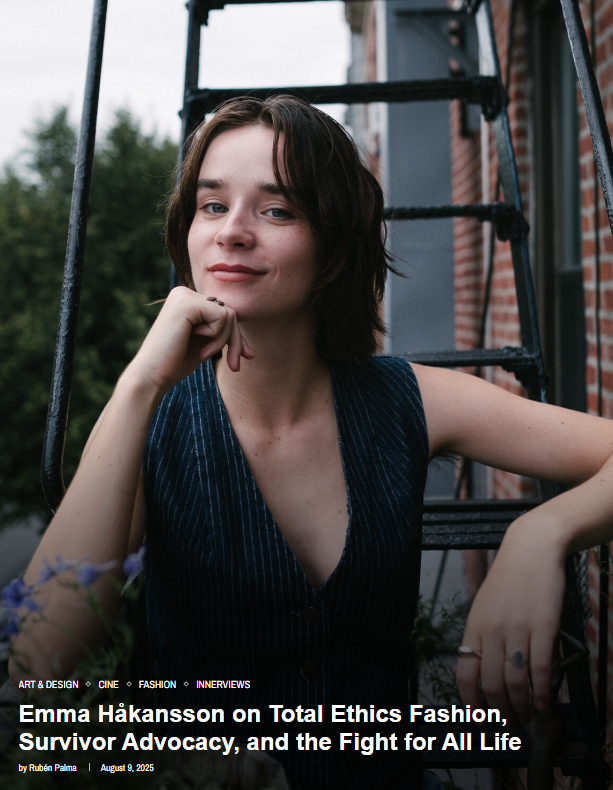
"Emma Håkansson on total ethics fashion, survivor advocacy, and the fight for all life"
This in depth interview with our founder Emma Hakansson, explores the thinking behind total ethics fashion and the motivation that led her to found Collective Fashion Justice.
-
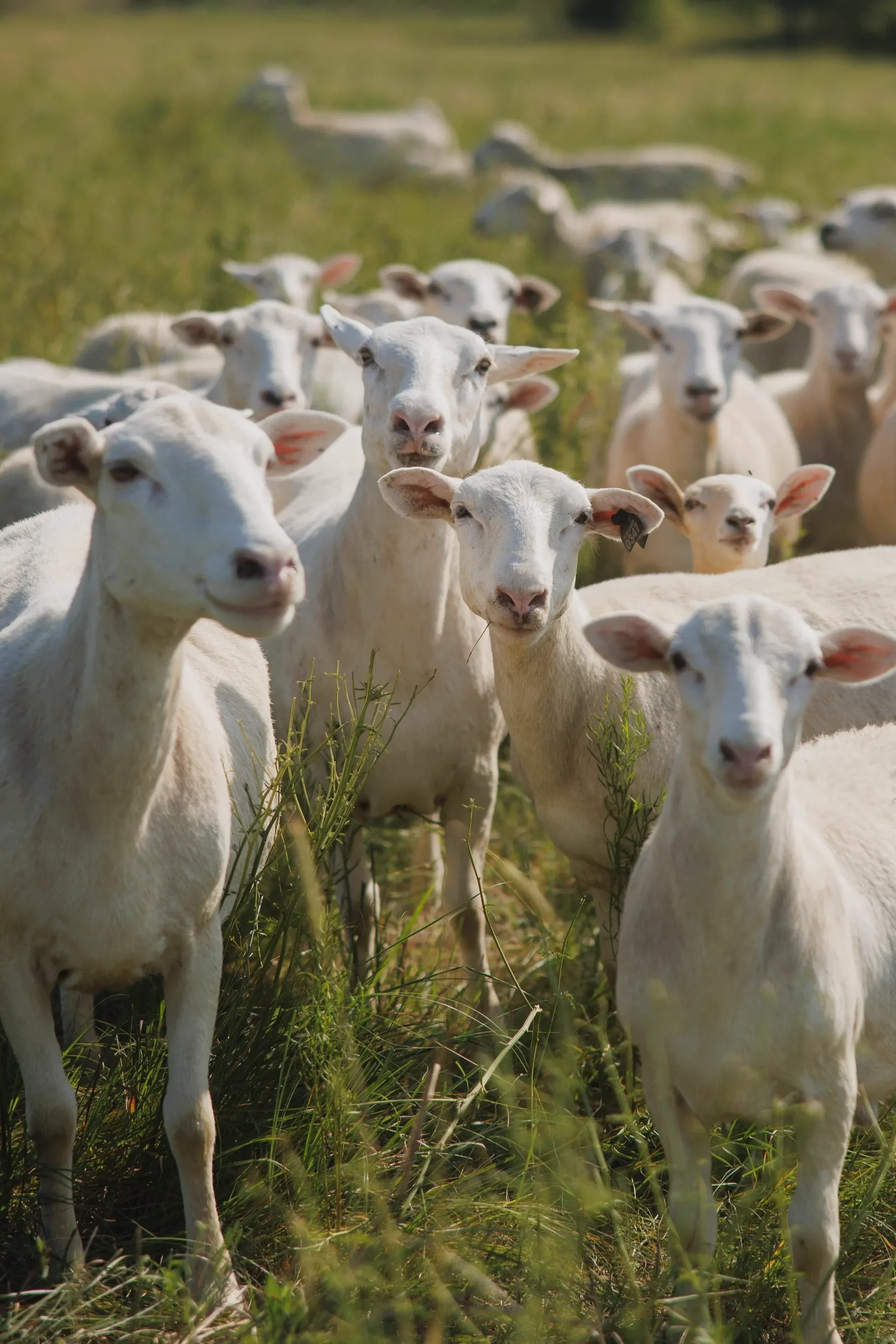
Why fashion needs to think about methane
By now, most brands are tracking or at least attempting to reduce their carbon emissions. But a new report has raised the alarm on another type of greenhouse gas, which is more potent (at least in the short term) and has been flying under the radar.
-

"Fashion's animal welfare taboo"
CFJ’s reporting on fashion media’s lack of attention towards animal protection issues is featured alongside quotes from director Emma Hakansson.
-

Advocacy group finds cat fur clothing sold in Victoria despite import ban
Calls for a statewide ban on all new fur sales as advocacy group Collective Fashion Justice finds further examples of illegal and mislabelled fur being sold.
-

"Skins and feathers are as cruel as fur, the fashion industry is told"
“Part of the issue is “the way that fashion separates the animal from the final product”, says Håkansson, whose organisation consulted with Copenhagen fashion week.”
-
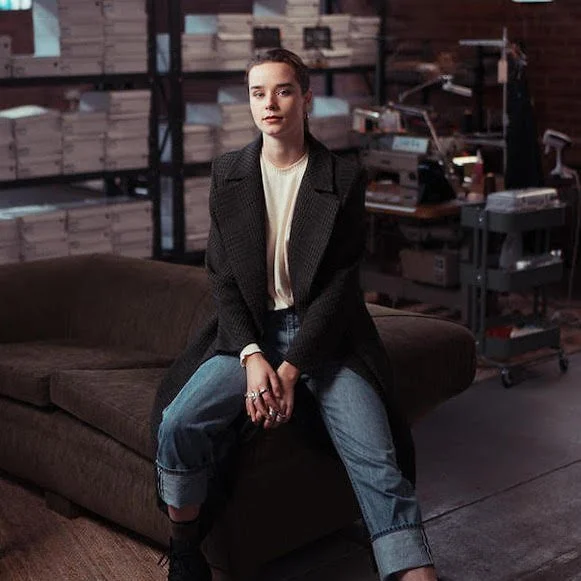
"If we want total ethics in fashion, we can't ignore animals."
Clare Press’ renowned Wardrobe Crisis podcast features our founder, who discusses why animals so often left out of the conversation about sustainable and ethical fashion.
-
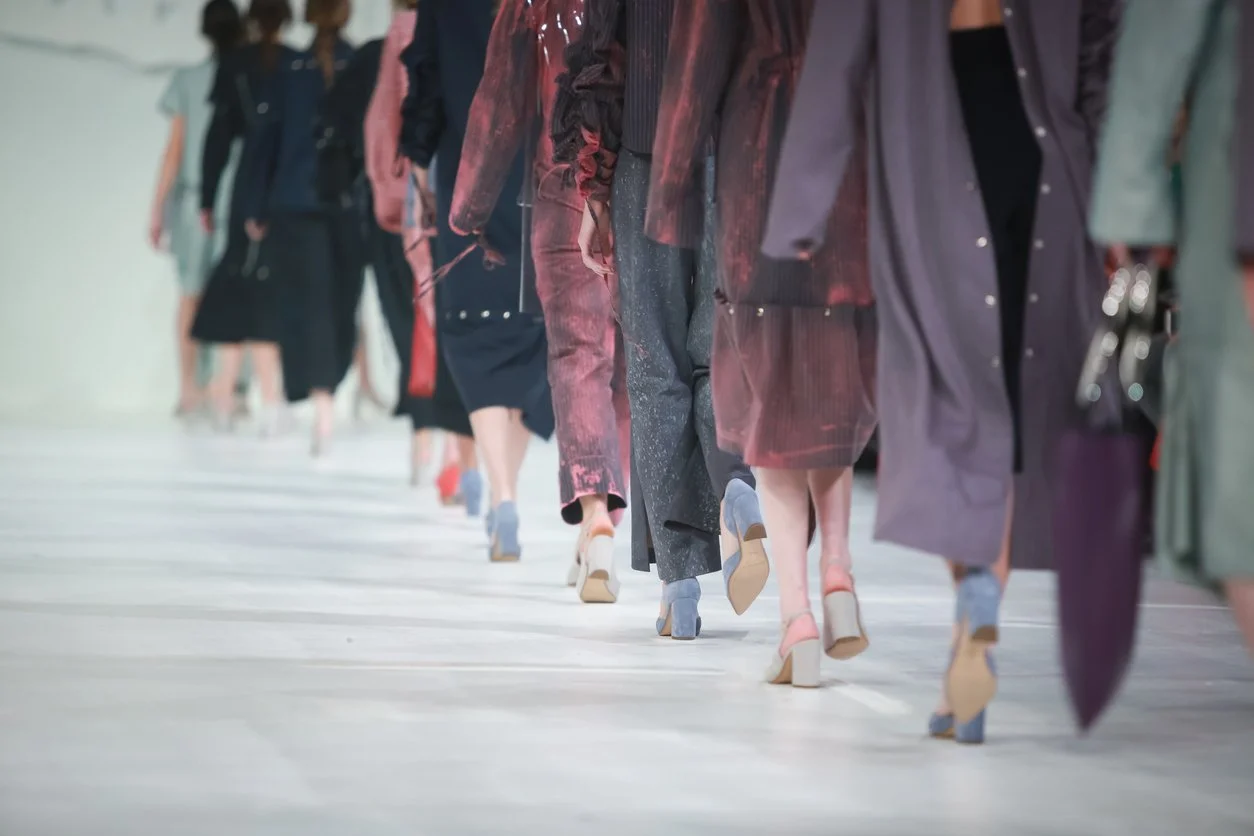
"How sustainable will London Fashion Week designers actually be?"
CFJ's report revealed that less than 4% of British Fashion Council member brands have any emissions reduction targets.
-

"The greenwashing of wool, explained"
“Big Wool wants you to believe it’s nice to animals and the environment. It’s not”, writes Vox’s Future Perfect Deputy Editor, after reviewing CFJ reporting and research.
-
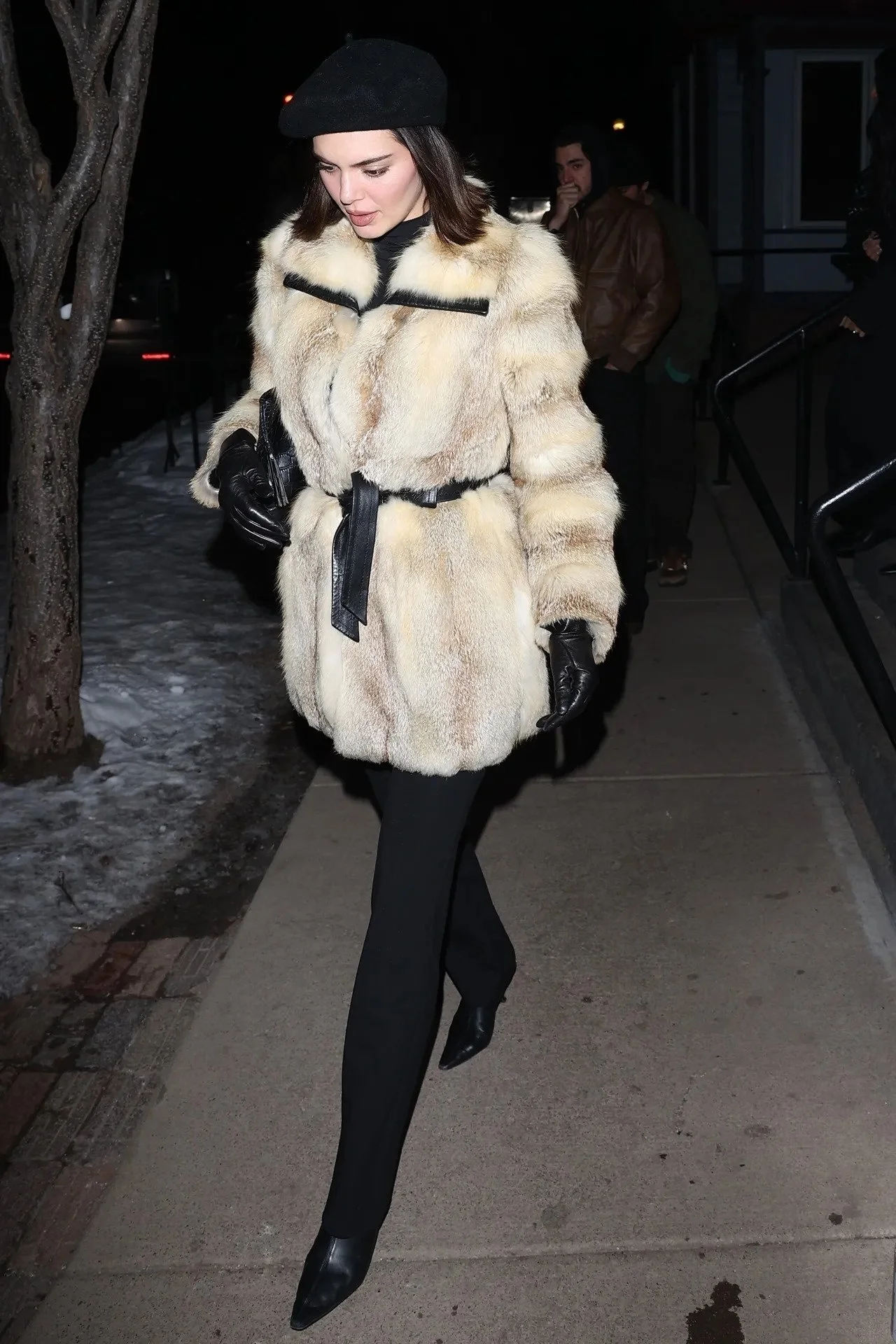
"Is wearing vintage fur socially acceptable now?"
The article, featuring comments from our founder, explores the resurgence of both real and faux fur in fashion, questioning the ethics of wearing vintage fur amid a broader industry shift away from animal-derived materials.
-

"Leather do well"
This feature profiles our founder, who takes journalist Katherine Wilson behind the scenes at Alt.Leather’s lab, where a plastic-free and animal-free bio-leather is made from agricultural waste in Australia.
-
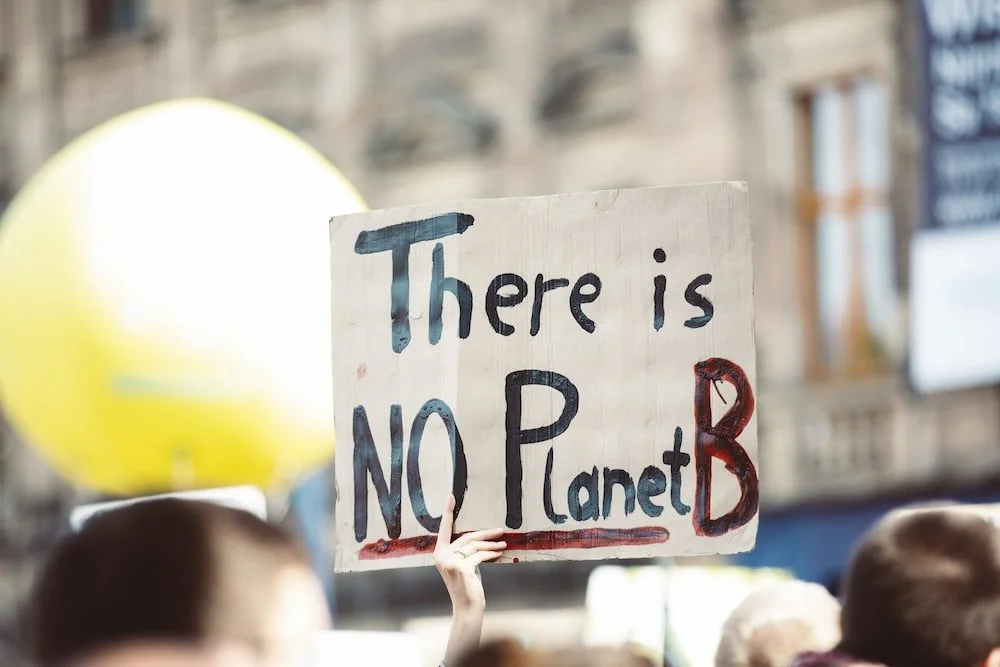
"Fashion innovation vs. Fashion activism: should we have to choose?"
Should advocates for a better fashion future focus on working within the industry, promoting responsible innovation, or should they pressure from the outside? Which is most effective? This article, featuring our founder, explores this worthy question.
-

"Leather: sustainable fashion's big debate"
Vogue Business’ Senior Sustainability Editor Rachel Cernansky covers our CIRCUMFAUNA initiative’s new calculations on the environmental impact of leather.
-

"Are those feathers faux?"
“Retailers including Selfridges, Asos and Boohoo have mislabelled real feathers as “faux,” according to a new investigation by ethical fashion advocacy group Collective Fashion Justice and animal welfare organisation World Animal Protection.”
-

"Copenhagen Fashion Week bans fur as animal rights and sustainability merge"
An exclusive story on Copenhagen Fashion Week’s decision to ban fur, following engagement with World Animal Protection and Collective Fashion Justice.
-

"New documentary urges sustainable fashion movement not to leave animals out of the picture"
Collective Fashion Justice is proud to be the primary partner for the newly released film ‘SLAY’ — which unravels the harrowing, dark side of the fashion industry.
-
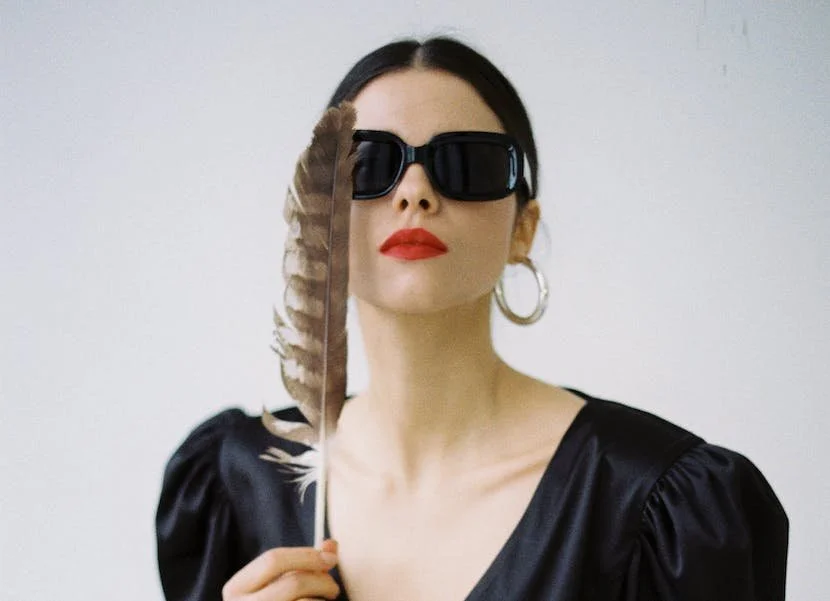
Melbourne Fashion Week has banned wild animal feathers from its runways in a world-first initiative
Our founder spoke to Fashion Journal’s editor about Melbourne Fashion Week’s new policy, which CFJ is proud to have consulted on.
-
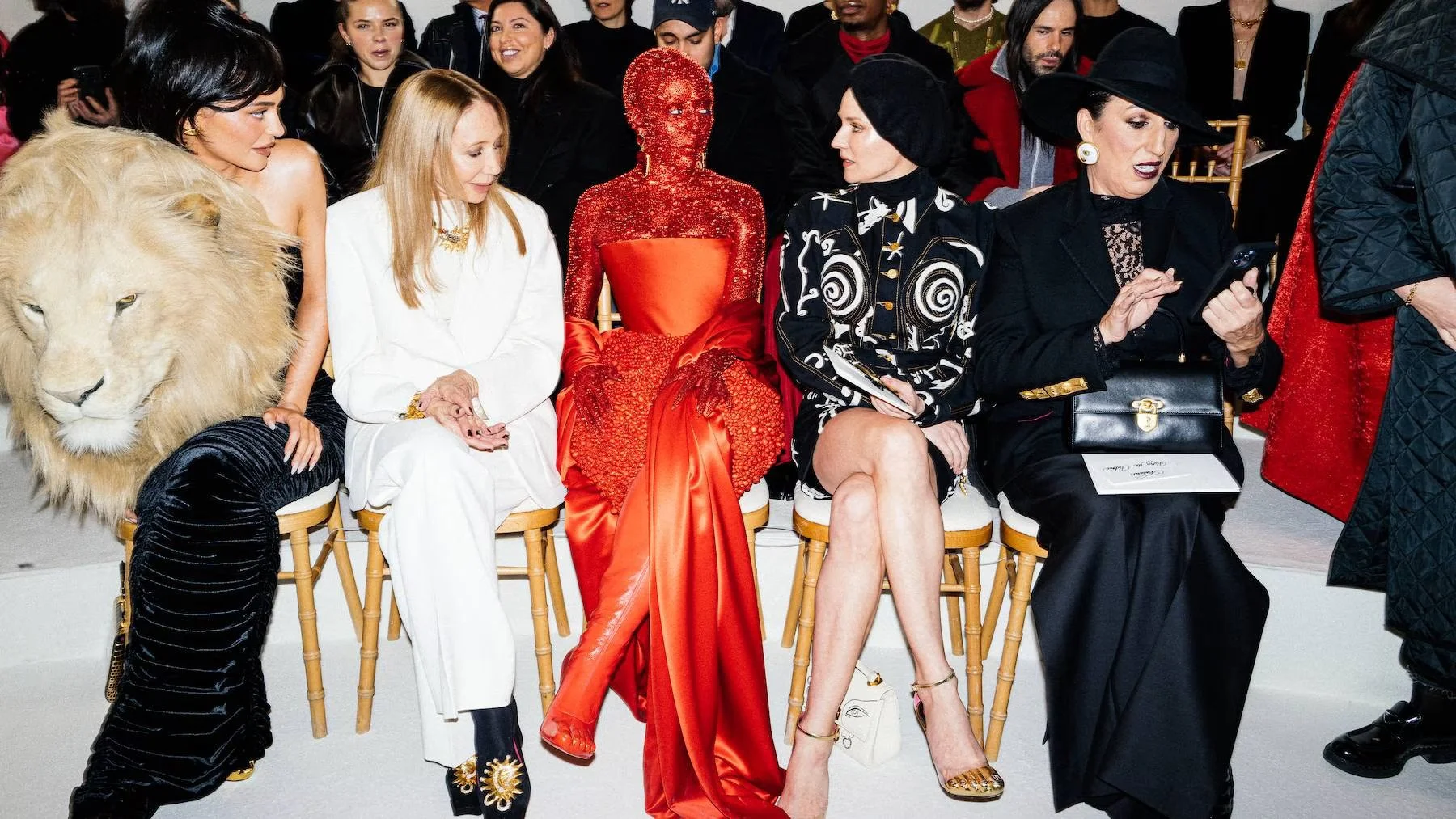
"The marketing challenge behind Schiaparelli’s fur faux pas"
CFJ’s Emma Hakansson was interviewed in Rachel Deeley’s piece on the use of animal head effigies in fashion and the message of inherent violence it portrays.
-

"Crocodiles are cruelly confined and killed for fashion"
A fashion editorial featuring crocodile-free, total ethics accessories and styling is accompanied by an article on the inherent cruelty of the crocodile skin industry.
-
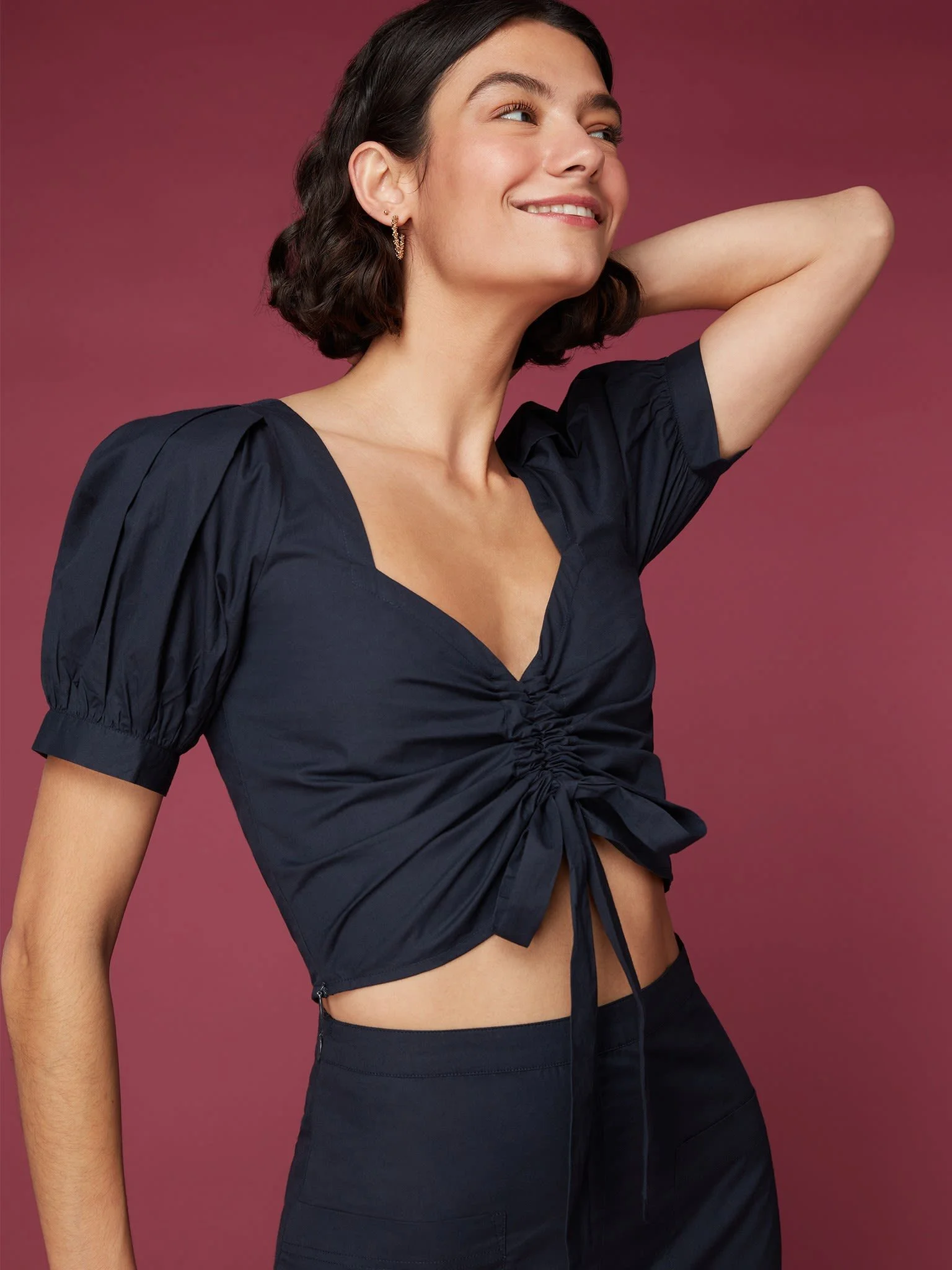
"Ultra-fast fashion, the paradox of Gen Z"
CFJ’s Emma Hakansson was interviewed in Antonia Lenon’s piece on Gen Z’s insatiable appetite for new clothes in the online world.
-

"Why do we talk about the impact of burgers but not bags?"
CFJ founder Emma Hakansson writes about the ecological impact of leather for environmental publication and organisation Earth Island Institute.
-

"Luxury Australian brand found selling fur from often-tortured raccoon dogs"
Leading Melbourne newspaper, The Age, covers the findings of CFJ’s commissioned testing, which found mislabelled fur from abused animals on sale.
-

"On the world stage"
Central Queensland’s paper covers the film festival selections CFJ’ short film Willow and Claude has received internationally.
-

"The human rights issues behind fashion’s animal supply chains"
CFJ’s Emma Hakansson writes about the many people who are mistreated and endangered in the production of animal-derived materials.
-

"The ethics of wool: beyond mulesing"
CFJ’s founding director writes about the many ethical problems tied up in the production of wool, from mulesing and beyond.
-
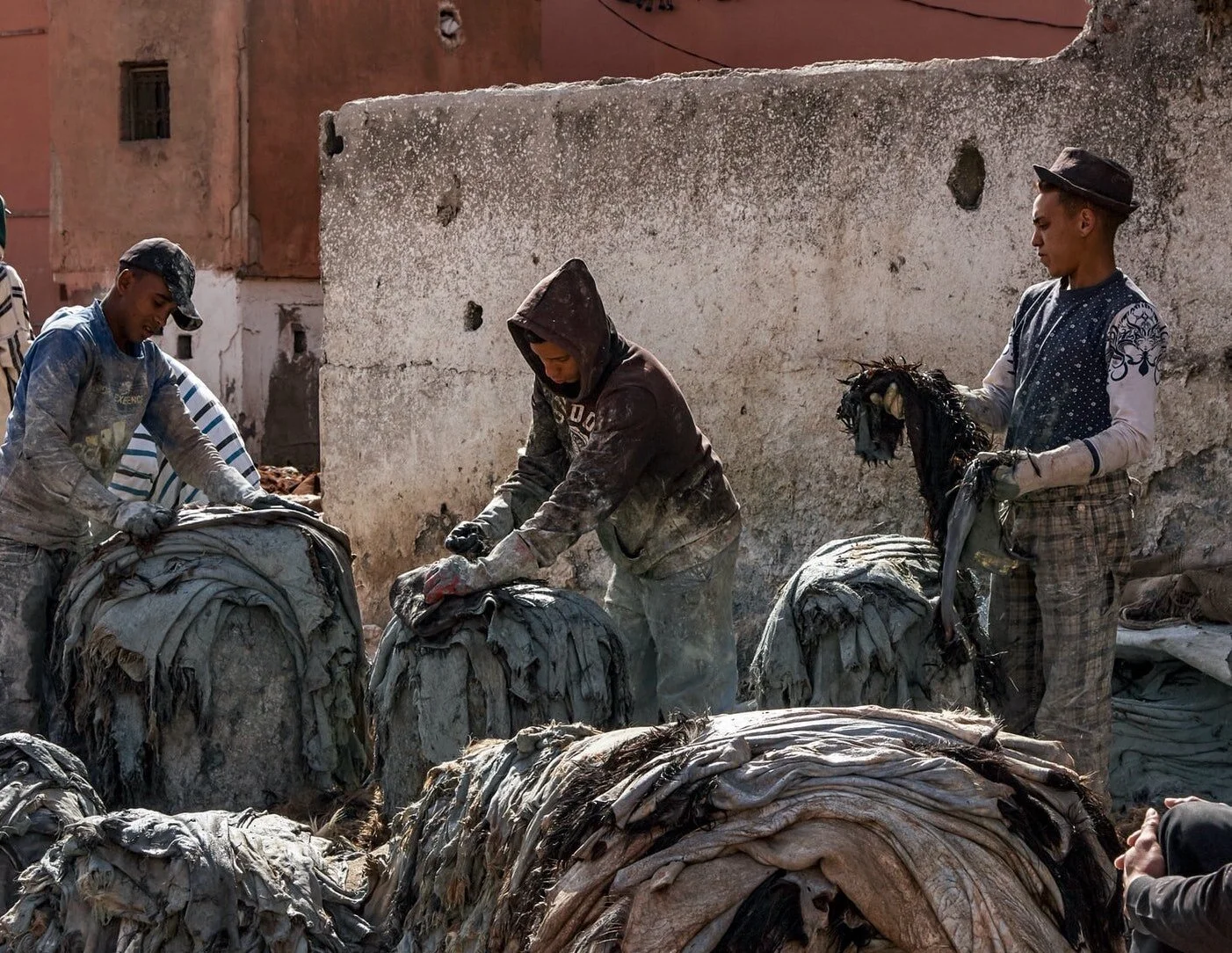
"What is total ethics fashion?"
In Issue 5 of Moss Magazine in print and digital, the term ‘total ethics fashion’, coined by CFJ’s founder, is explored and defined.
-

"The IPCC report – how to take climate action, in your wardrobe and in your life"
Fashion writer Sascha Camilli writes on climate and fashion, with expert interview quotes from our founding director, speaking on the industry’s impact.
-

"What if the ethical fashion movement recognised speciesism?"
When we look at the mainstream ethical fashion movement, we see a deep care for the lives of garment workers, and the planet — next to clothing made of animals. Why is that?
-
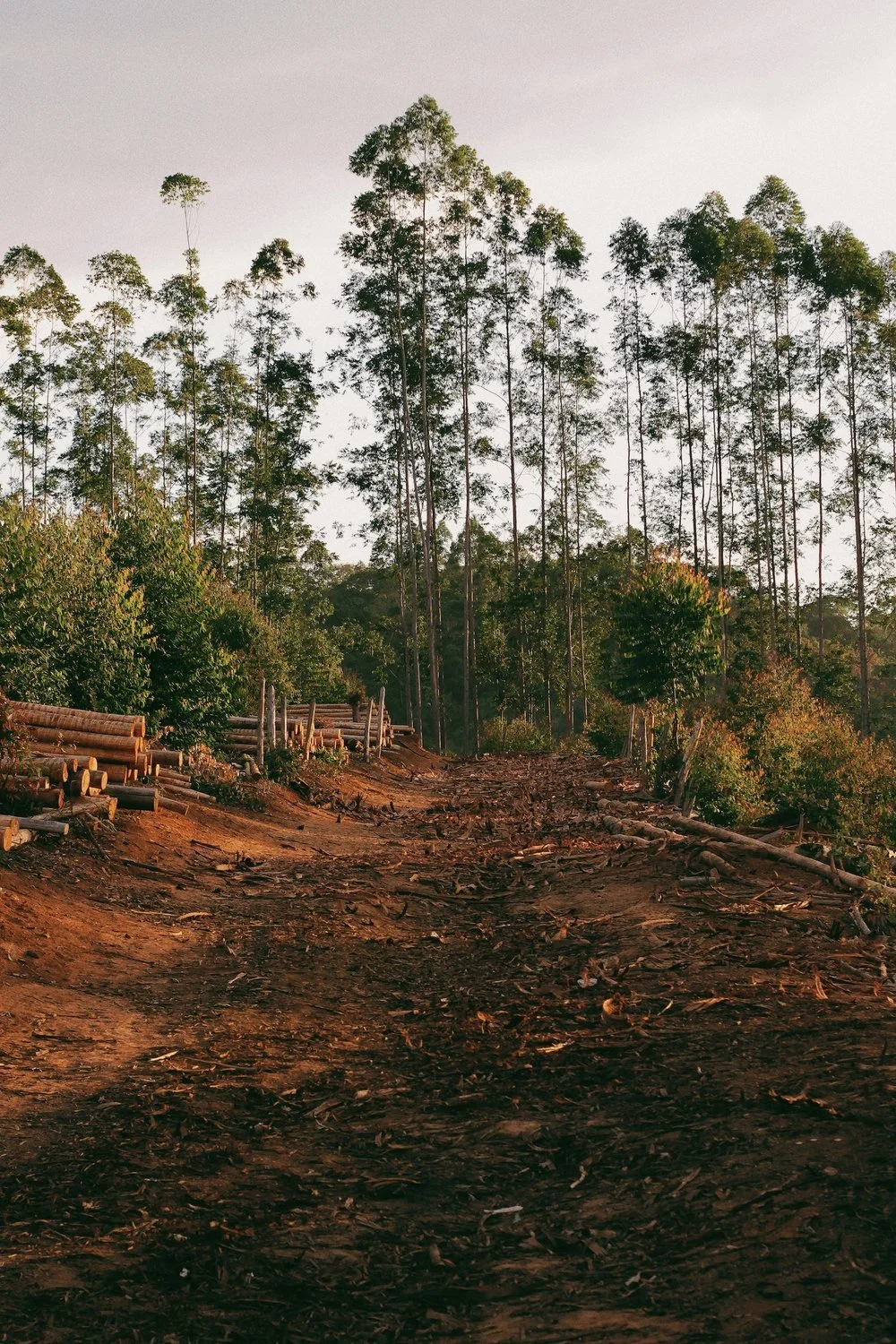
"How the fashion industry contributes to deforestation"
CFJ’s founding director is a regular writer for this outlet, and in this particular article, explores how wood-based and animal-derived materials cause deforestation.
-

"Vegan leather has come a long way: how cactus, pineapple and mushrooms are changing the game"
CFJ board member Unique Vance was interviewed in Yahoo’s piece exploring greener, plant-based innovations that are made of wide-ranging total ethics alternatives to animal materials.
-

"Wool production is accelerating the biodiversity crisis"
CFJ founder Emma Hakansson writes about the inefficiency and destructiveness of wool production, as well as a call to non-animal agriculture orders to restore healthy ecosystems.
-

"Fashion’s wild animal exploitation: the case of saltwater crocodiles"
Investigative footage from Australian farms owned by luxury brand Hermés has exposed the crocodile skin industry. When will fashion evolve beyond exploiting wild animals for the sake of fashion?
-

"Fabrics of the future"
As people and industries abandon archaic practices in the face of climate change, we aspire towards a cutting-edge eco elegance. These are the materials we’ll be wearing in 2030.
-
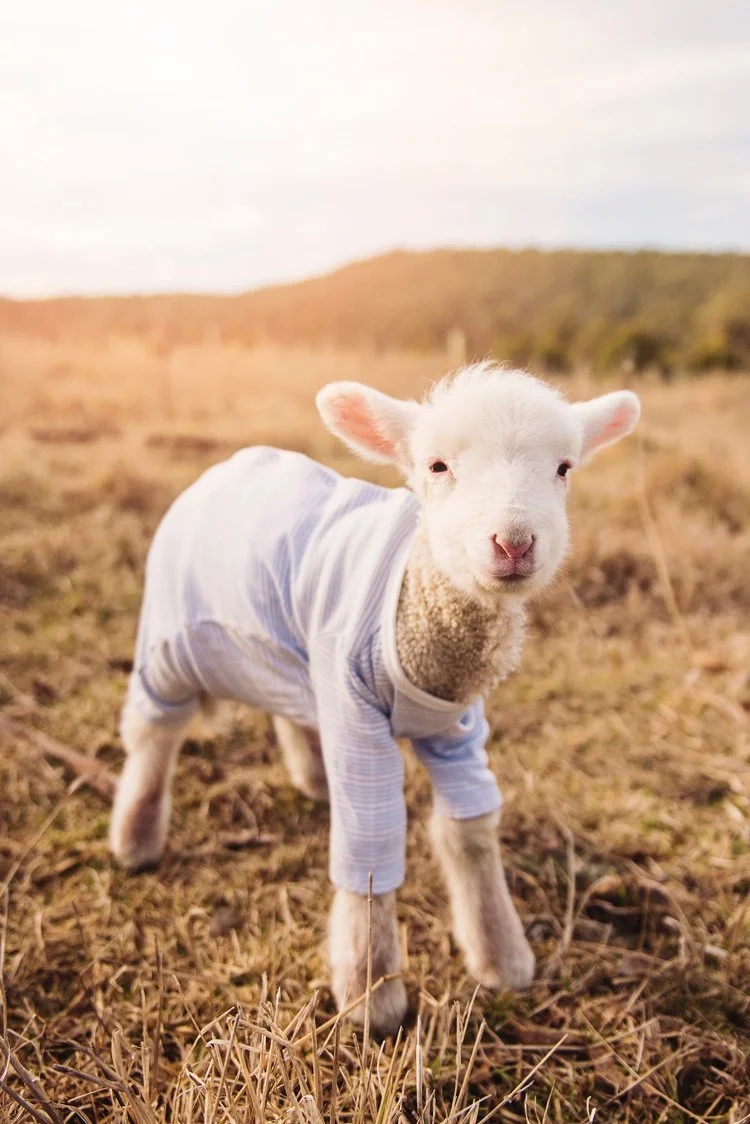
"An introduction to animal protection in fashion"
CFJ’s Emma Hakansson talks us through some of the issues facing animals in the fashion industry and how we can help protect them through what we wear.
-

"Is ‘vegan’ leather worse for the environment than real leather?"
CFJ founder Emma Hakansson and board member Joshua Katcher were quoted as experts on circumfaunal total ethics materials, which must replace conventional animal-derived leather, in this exploration by Kaley Roshitsh.
-

"Cruelty is out of fashion at Melbourne Fashion Week"
Ethical fashion celebrated at special event hosted by Collective Fashion Justice and World Animal Protection — featuring the work of trailblazing, cruelty-free and sustainable Australian labels.
-

"SLAY documentary reveals an ugly truth behind fashion's 'natural' materials"
Country & Town House sat down for a Q&A with Rebecca Cappelli, the producer and director of ‘SLAY’ — a feature documentary Collective Fashion Justice is involved in.
-

"New documentary SLAY gets under fashion’s skin"
CFJ’s Emma Hakansson features in investigative documentary, ‘SLAY’, which provides unique perspective on the animal skin trade, asking the searching question: is it acceptable to kill animals for fashion?
-

"The leather industry’s impact on the planet — and its rampant greenwashing — analyzed in new report"
Sophie Hirsh explores the destructive impact of leather on the environment, through key findings in Collective Fashion Justice’s report on ‘leather’s impact on the planet’.
-

"How 'sustainable' wool wipes out wildlife and pumps out emissions"
CFJ founder Emma Hakansson writes about the pollution-intensive process of transforming wool into textile and its role in changing the climate of our planet.
Get in touch.
Want to interview a Collective Fashion Justice representative for a story on ethical, sustainable fashion?
Fill out the form and we’ll be in touch as soon as possible.
